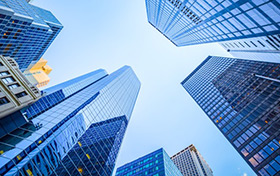
What is good management, and how is it transmitted across firms and plants? In a recent paper, we use survey and administrative data, coupled with a structural model of management, to explore these questions. We show that well-managed manufacturing firms—that is, firms that adopt more structured management practices described below—not only open and acquire more plants, but also close and sell more plants. Through this process, the firms transmit their management practices to new plants. These facts, taken together, imply that acquisitions can increase aggregate productivity by allowing well-managed firms to take over poorly managed plants and improve their management practices.



















 RSS Feed
RSS Feed Follow Liberty Street Economics
Follow Liberty Street Economics